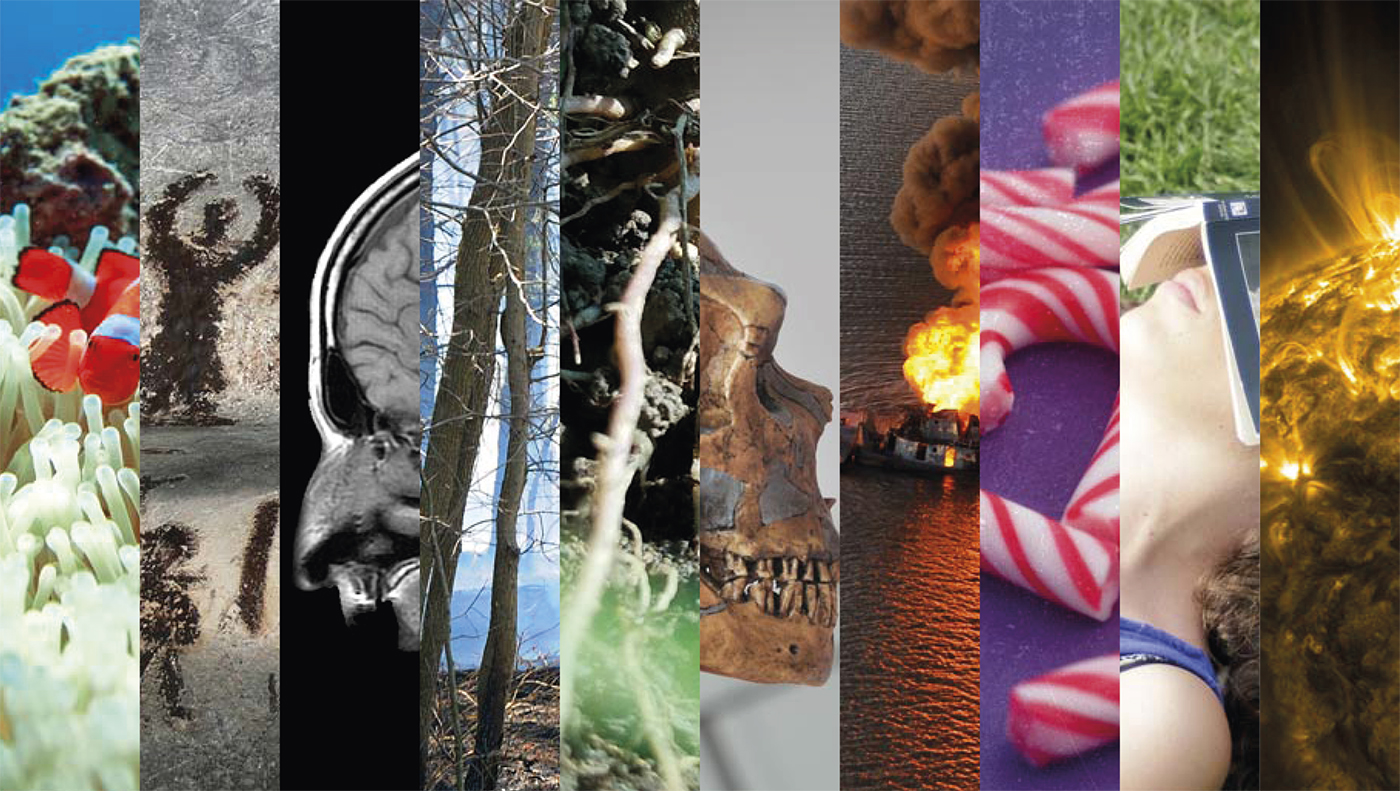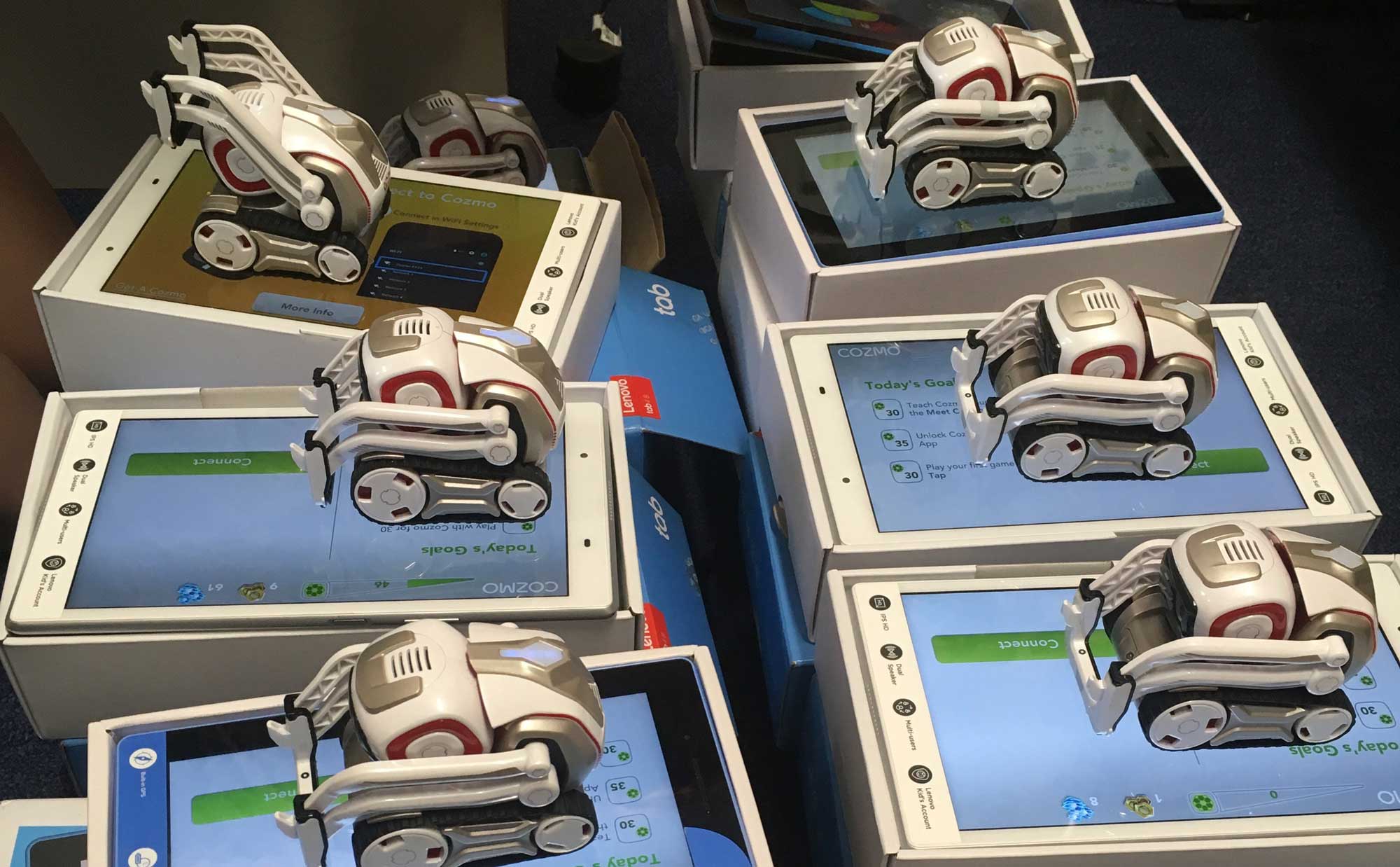Age and foaming: how to predict when a volcano will erupt
The eruption of a volcano can have devastating consequences – killing people and destroying livelihoods, as well as releasing vast amounts of ash into the sky that disrupts air travel and alters the climate. Knowing what goes on underground, however, would facilitate better warnings for when an eruption will occur – and help save lives while … Read more






